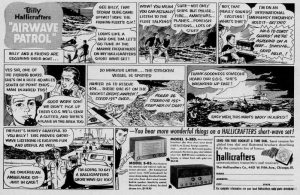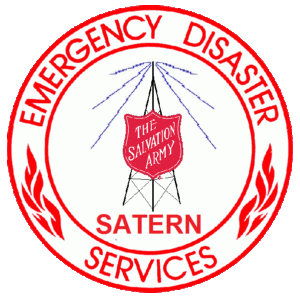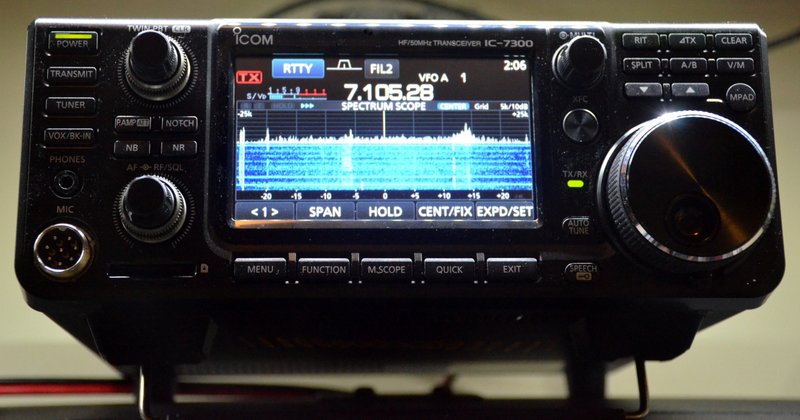Many thanks to SWLing Post contributor, Terry Cominos, who shred the following story following our recent post about the Sydney to Hobart yacht race. Terry writes:
Here is my story…
It must have been 20 plus years ago whilst monitoring the Sydney to Hobart yacht race on my AOR AR3000.
Around midnight the yacht “Mem” announced a man was lost overboard. They were turning back to find him. The Captain of the oil tanker “Ampol Serel” on his way to Sydney declared he was turning back to assist in the search.
It was a long night with several yachts searching and the “Young Endeavour” providing radio relay support.
More than an hour passed before the “Ampol Serel” arrived on the scene with its powerful search light.
The search was hampered by a swell yet before first light “Ampol Serel” picked up a reflected flash off a life vest.
The sailor was eventually found by a competing yacht and taken on board where he was examined and treated for hypothermia by a doctor onboard.
Several years later I visited the Australian Maritime Museum where the life vest is on display.
That morning I learned a lot about the sea, radio and human nature…
Thank you for sharing this, Terry, and reminding us that those of us who monitor radio sometimes have a front row seat to events as they unfold.
I recall this 1957 Hallicrafter ad from Boy’s Life magazine which of course implies that we may even be in a position to help.
The thought of hearing or assisting–remote as it may have been–certainly had an influence on me when I first started exploring the shortwave bands from my bedroom with a Zenith Transoceanic some forty years ago.
Thanks again for sharing, Terry.
Post readers: Have you ever been witness to events as they unfolded on the air? Please share your story!
Do you enjoy the SWLing Post?
Please consider supporting us via Patreon or our Coffee Fund!
Your support makes articles like this one possible. Thank you!










